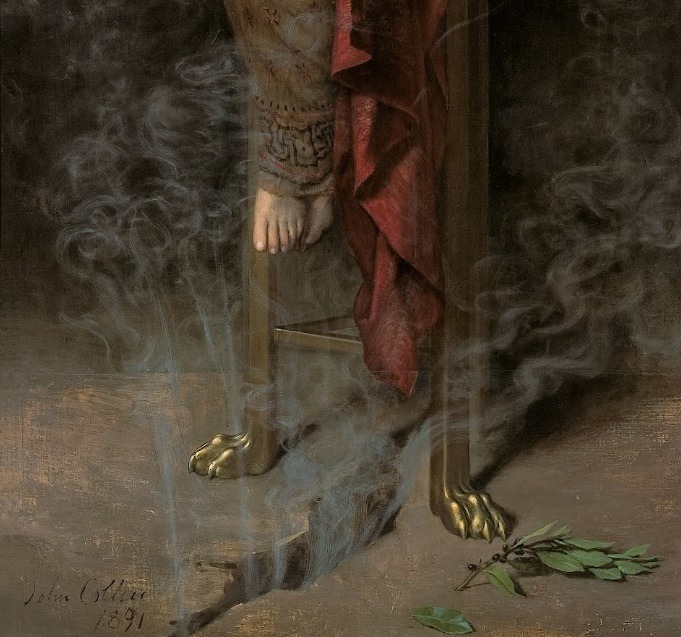1801
1802
1804
1805
1807
1808
1810
1812
1813
1814
1815
1816
1818
1819
1820
1823
1824

























